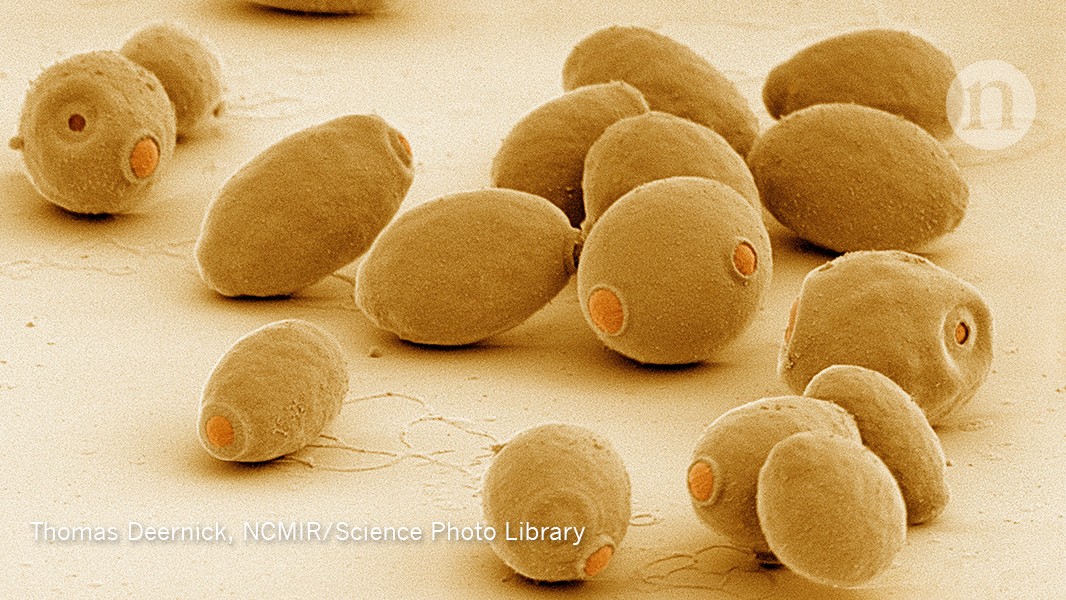I'll take a crack at it and throw you a few references also. Btw, I know most people don't have institutional access to scientific journals, but you can copy the URL or DOI of any paper and paste it into SciHub (a delightful Russian scientific piracy website) to get a copy of the manuscript for free. I strongly believe it's better to critically review research yourself - really see the data and see how it was analyzed - before accepting anyone's interpretation of the data. Even the researchers who generated the data may have failed to understand its implications, or may have analyzed it incorrectly with some false assumptions. That said, reading scientific papers is kind of like learning to read a new language. There is a ton of jargon which may be hard to follow. My rule of thumb when reading a paper is:
1. Read the title and abstract to see if they're talking about what you want to learn about
2. Review the figures and tables, review the captions of the figures and tables. Spend almost all of your time here. If needed, review the text near the figure to determine what it's about.
3. Review the conclusion. Does it seem like bullshit based on what you just saw in the figures and tables?
4. If the above was compelling enough, read the paper again, from the beginning. If not, find a new one.
Okay now to answer: the entourage effect appears to be the synergistic effect of two or more cannabinoids and/or
terpenes with therapeutic activity that is greater than the sum of either of the components in isolation. Because of the legal status of cannabis in the U.S., there is a dearth of research on the individual effects of cannabinoids and cannabis-derived
terpenes, but what little research there is shows that many of these compounds have pharmaceutical activity. The entourage effect is invoked when it can be shown that Cannabinoid 1 is less effective than Cannabinoid 1 + Cannabinoid 2 at, for example, tumor suppression.
As a pretty hardcore experimentalist myself, I'm of the opinion that the maximum therapeutic potential will be reached with custom formulations which provide just the right balance of cannabinoids and
terpenes with specific activity for a specific therapy. Since that's rather hard to do, full spectrum extracts will have to suffice for now.
References:
"
Appraising the “entourage effect”: Antitumor action of a pure cannabinoid versus a botanical drug preparation in preclinical models of breast cancer" https://doi.org/10.1016/j.bcp.2018.06.025
"
Cannabis Phytomolecule 'Entourage': From Domestication to Medical Use"
https://doi.org/10.1016/j.tplants.2020.04.007






